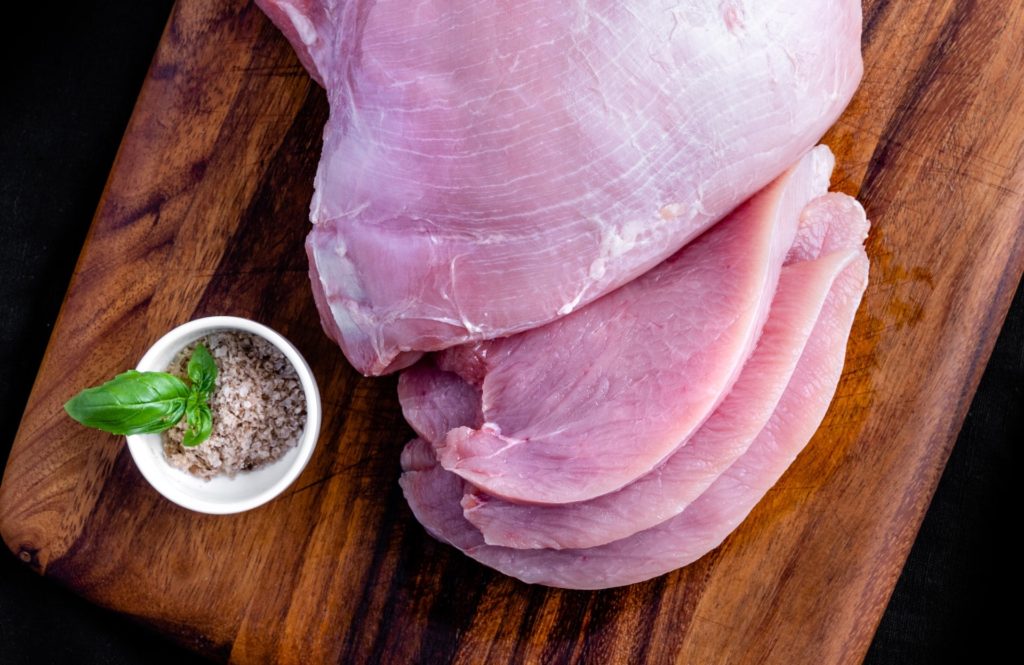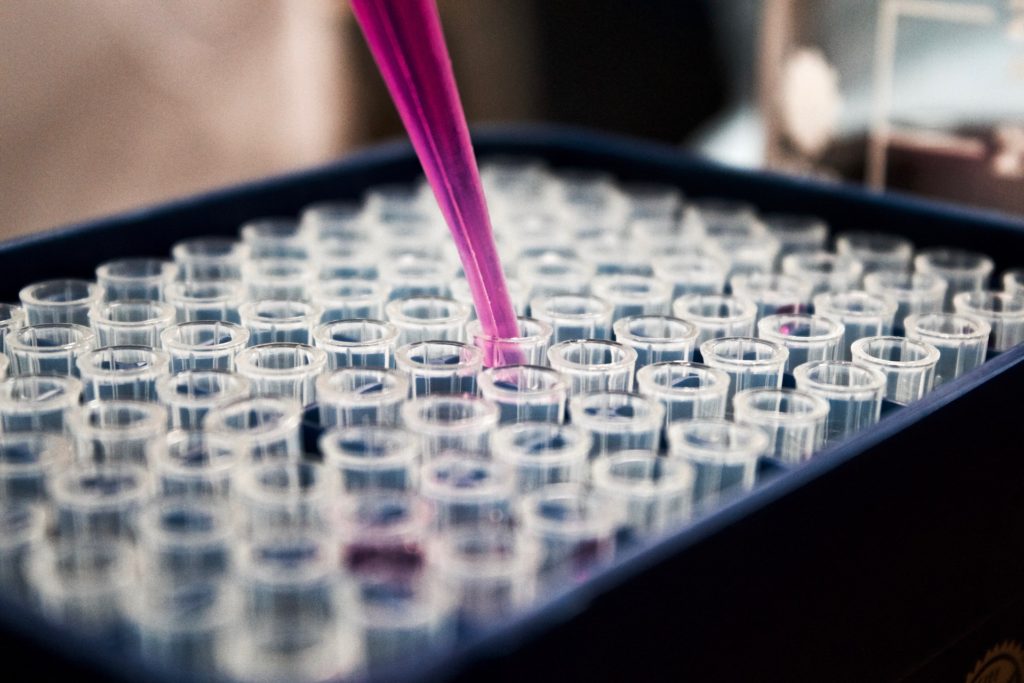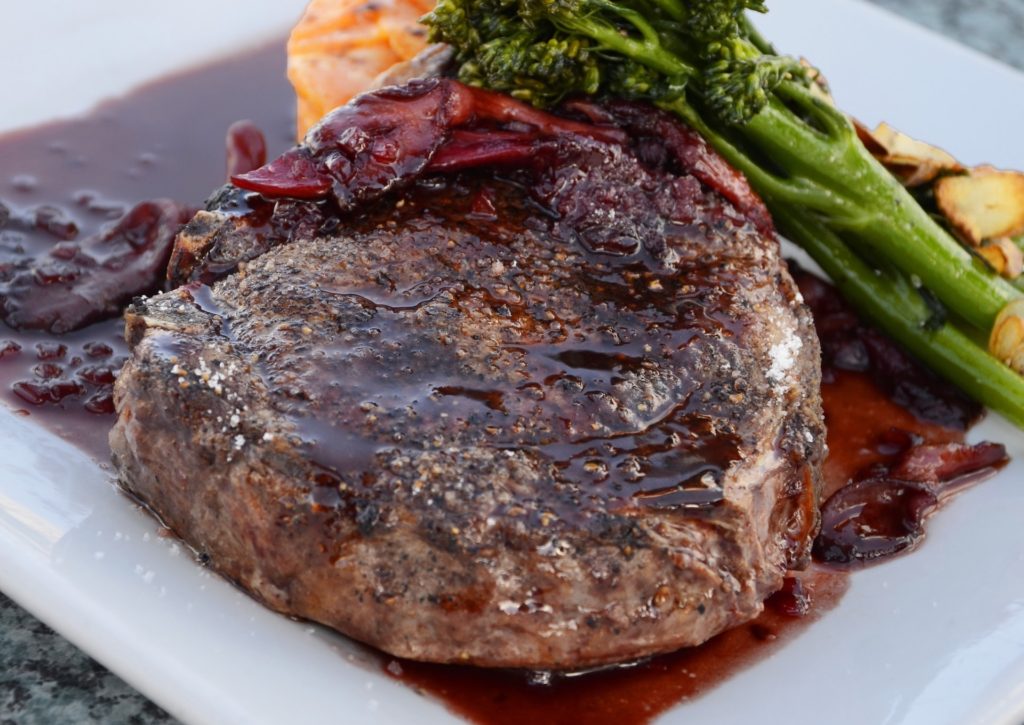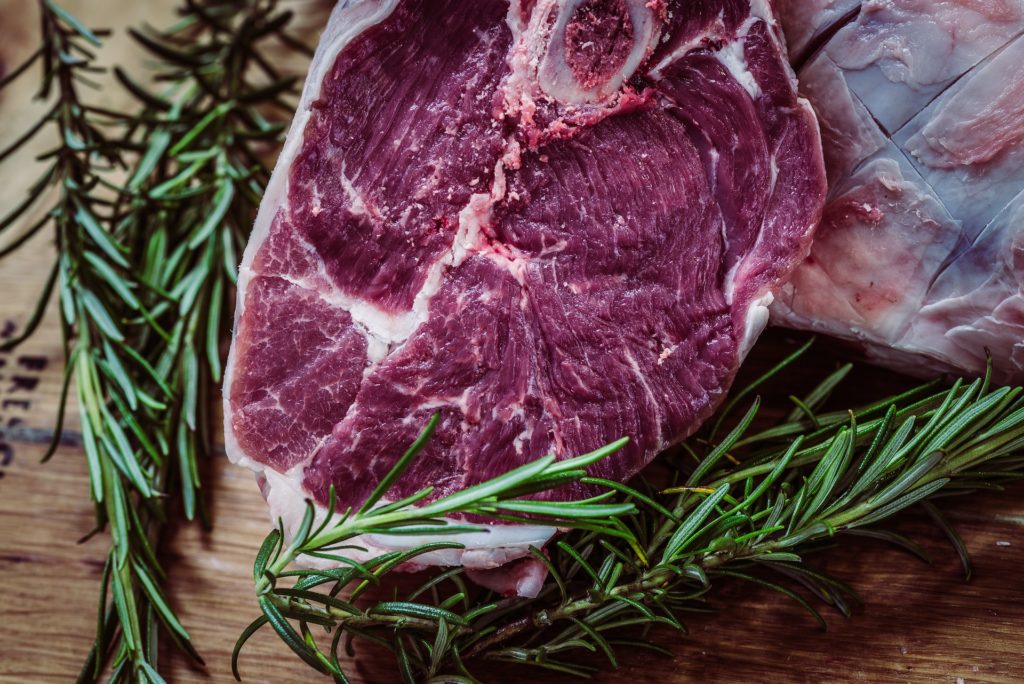Cover photo: Photo by Jez Timms on Unsplash
Today’s Focus of Attention is reader-supported. We sometimes include products we think are useful for our readers. If you buy through links on this page, we may earn a small commission.
The Food and Drug Administration (FDA) confirmed that cultured chicken is safe for consumers and approved GOOD Meat’s cultured chicken cell material in a move to clear its way to the US stores.
The California-based GOOD Meat still needs the thumbs-up from the Agriculture Department before its products reach the shelves, but it’s maybe just a matter of time.
GOOD Meat is not the only company to get the green light from the FDA. In November 2022, UPSIDE Foods became the first company to receive regulatory approval to sell its cultured chicken in the United States.
Both UPSIDE Foods and GOOD Meat use cells from chickens to make their products.
What is cultured meat, and how is it made?

Cultivated meat, also cultured meat or lab-grown meat, is the alternative to regular meat. It is made in labs from animal cells and grown in factories.
Its production is more sustainable than livestock farming and slaughtering, and of course, eco-friendly.
To produce it, technicians in a lab take cells from a chicken or from a fertilised egg. Following, the cells are place in a medium where they are nourished with amino acids, fatty acids, sugars, salt, and vitamins.
The next step is to place the cell medium into a vessel – a cultivator – with the right temperature and oxygen levels for the cells to grow and multiply.
Around three weeks later, the tissue, now full-grown meat, is removed from the cultivator, inspected, prepared, packed, served, and ready to enjoy.
Pros and Cons of Cultured Meat

As with every product, lab-grown meat has its advantages and disadvantages.
Let’s start with the positive:
Production time is about 3 weeks (traditional meat takes 2-3 years).
Uses at least 70% less water.
Greenhouse gas reduction by 90%.
No crops to feed livestock, or deforestation, or destruction of ecosystems.
No toxic waste pollution from faeces.
No E. coli, Salmonella, or zoonotic diseases.
The amount of fat can be controlled.
Better animal welfare: animals in farming live in horrific conditions, including confinement, physical abuse, and unnatural environments.
Now the drawbacks:
More expensive to produce – so far.
Not yet available in large quantities.
The long-term effects are still unknown.
It may use Foetal Bovine Serum, which is taken from the blood of a dead calf. However, some companies have claimed they are not using this serum to cultivate meat.
History of Cultured Meat
The first time ever cultivated meat was seen was on live television in London in 2013, when Professor Mark Post from the Netherlands’ Maastricht University cooked a beef hamburger and Hanni Rützler, a nutritional scientist and food trends researcher, tasted it.
She said: “The consistency is perfect. This is meat to me. It’s really something to bite on, and I think the look is quite similar. Even in a blind trial, I would have taken the product for meat rather than a soya copy.”
After the TV presentation, Professor Post received funds and created Mosa Meat, one of the biggest players in the sector.
Challenges in the cultivated meat industry

This is a new business, so it has to pay the price for being a rookie. A rite of passage, if you will.
Before it can become a threat to the well-established animal-based market, it has to get past several obstacles.
Apart from cutting costs and easing safety concerns, what this nascent business needs is consumer acceptance. If consumers are not interested, it won’t take off. Opinions are divided.
While a few people are reluctant, others would surely try it without hesitation provided that they found it affordable and tasty. Vegans would not taste it, but they’d applaud this product, as it might save millions of animals from slaughter.
Let’s see what the future holds.
Conclusion

I believe cultured meat won’t replace animal farming altogether, but it’s here to stay, coexisting with its livestock counterpart.
It is sustainable, made from natural cells, an alternative to cattle breeding, and could be more optimal for human health.
Besides, the United Nations reported that shifting towards a vegan diet is crucial to keeping the Earth safe.
Healthier diet, healthier world.
Although cultivated meat is not yet on the shelves, it will be sooner rather than later.
As this technology continues developing, we might witness an array of options, from flavour to texture and cuts to size and breeds.
Would you try cultured meat?

Please share your comments.

